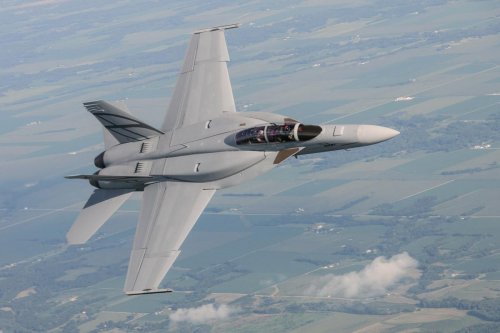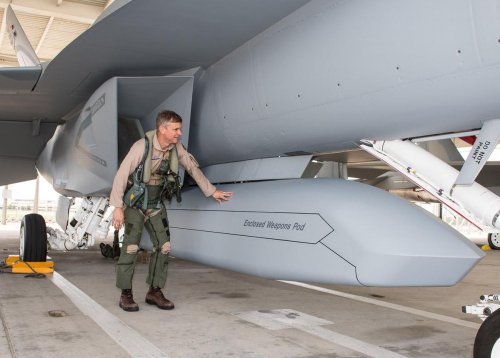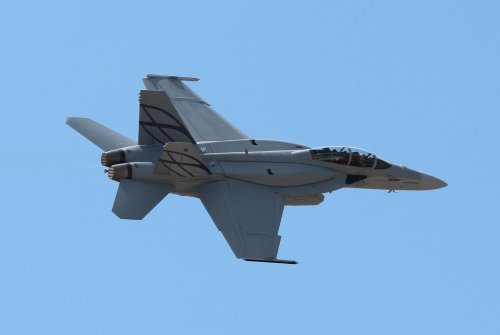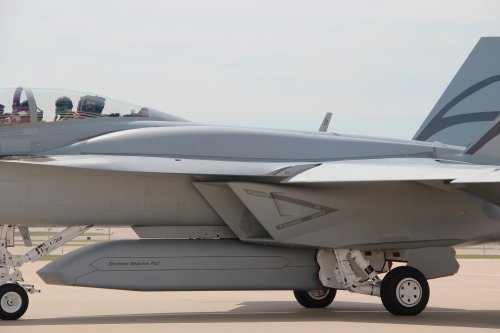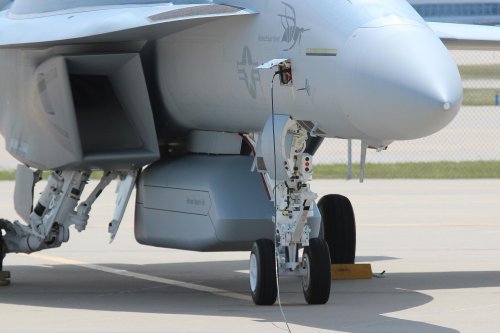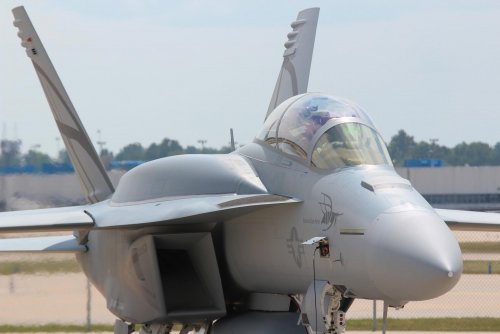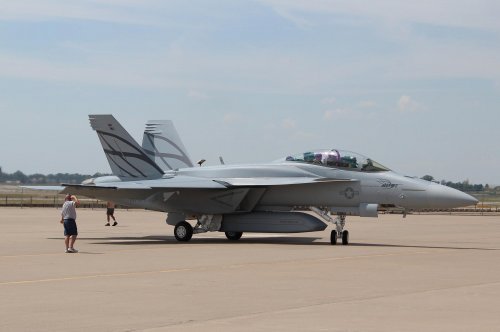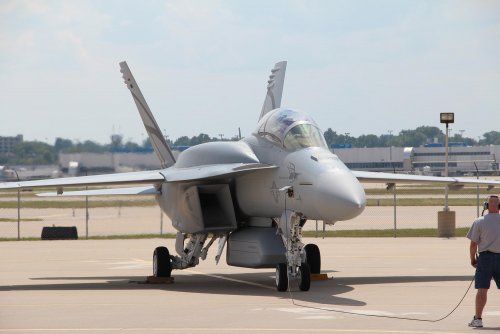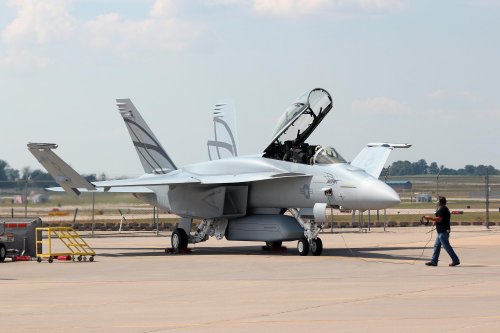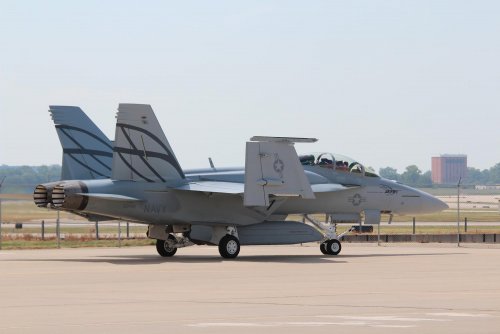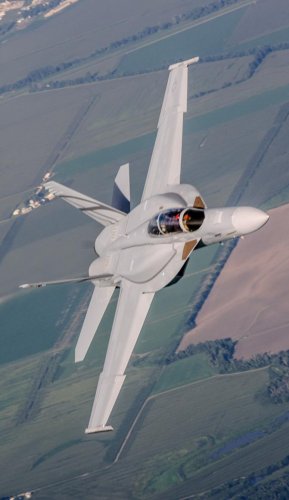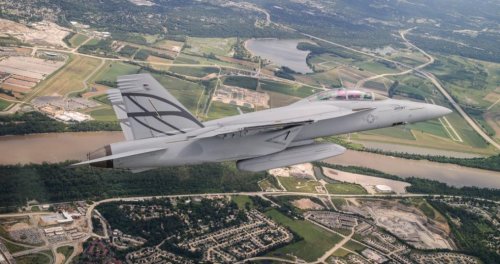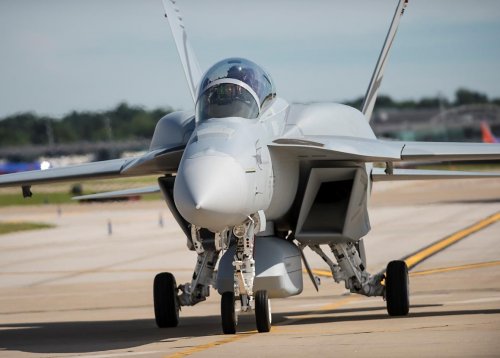The Boeing Hornet E/F program managers no doubt feel they have to come up with something. USN orders for Super Hornets are over and the end of Growler orders are in sight. Except for the special circumstance of Australia, its performance in international sales competitions is notable for its lack of results. Once the long lead term items start going out of production and suppliers exit the program, the plane rapidly becomes unaffordable, because there's nothing so exceptional about this plane that anyone would want to fund restarting the production line. So somehow they've got to get the USN to do something to keep the program open in hopes of also selling some somewhere.
Something that puzzles me...the briefing talks about how drag goes down, but the description is parsed somewhat carefully. Usually when you add conformals, unless the a/c was designed for them from the start (which the F-15 was), it would you get a significant drag reduction over external tanks, but some rise over a purely "slick" aircraft. Since Boeing has in the past said they need the F414 EPE (which no one is willing to fund) to maintain performance, what changed? I note that "enhanced engine" is in one of the slides. Maybe they're just concerned that with external tanks you can blow the whole assembly of if necessary, but with CFTs there's no way to quickly shed that 4,370 lbs. of extra weight. That was one of the things India noted about the F-16E.
I'm also wondering about that, "More Than 50% Improvement Over Current LO Signature". Generally when they talk about LO with the SH, it's referring to a clean a/c, since even with work on the fuselage, the enemy's radar is going to see the weapons and pylons on a loaded SH. But here are they saying that it's a 50% reduction over an SH with external stores, which would not be surprising, or over a clean SH? If the latter, that's excellent new design, but it could also mean that the original wasn't that low to begin with, except relative to a Classic Hornet.
This could be interesting to watch.


